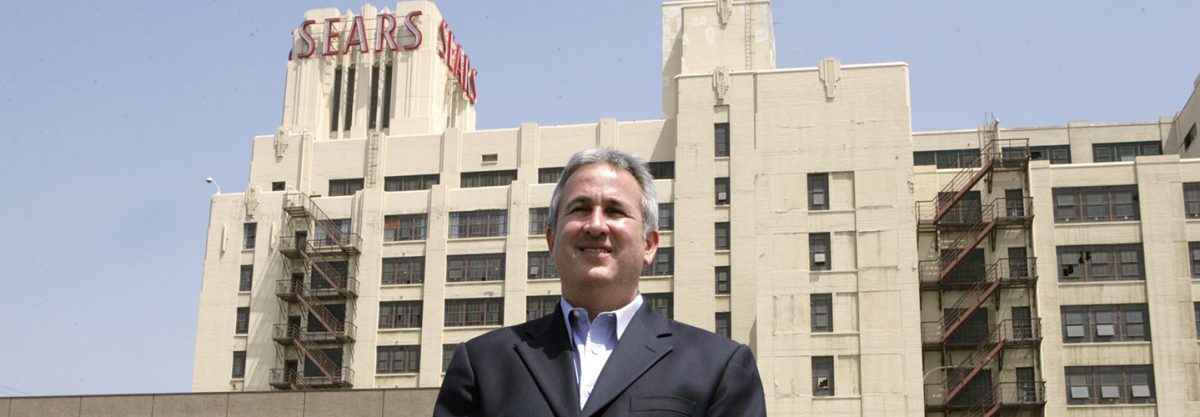The collapse of retail has left stores like Sears in a rut. But for the first time in decades, a few relics of the company’s past are flourishing, reports The Atlantic.
Sears built several warehouses and distribution centers across the country during the 1920s, when Sears was primarily a mail-order company. During the middle of the 20th century, urban areas suffered and depopulated, leaving the same fate for the massive buildings. But now, six of the seven plants have come back to life, reports The Atlantic. The first rehabilitation started in the late 1990s when Boston’s plant was converted into a shopping center and offices, while the plant in Dallas became loft-style apartments. Seattle’s plant turned into Starbucks’ headquarters.
The more recent rehabilitations, however, place “a greater emphasis on mixed-use development and place-making strategies that integrate them into their neighborhoods,” writes The Atlantic. For example, two buildings, the Midtown Exchange building in Minneapolis and the Ponce City Market in Atlanta, have both become defining structures in their cities. The Atlantic writes that they represent “the benefits of postindustrial urban revival and the persistent challenges of gentrification.”
The remaining plant, located in Boyle Heights, Los Angeles, will begin construction next year. It will contain “creative offices,” live/work lofts, a food hall, active rooftop and exhibition space.
The Atlantic writes that these projects make it clear how universal the “tropes of postindustrial urban regeneration and gentrification have become.” But it is not necessarily new. In the 1920s, Sears had their own formula for adapting to an urbanizing, upwardly mobile population. Even the locations of the plants speak to this transitional moment. They were all built at the edge of town, near railroad lines, where land was cheap and parking plentiful.
According to The Atlantic, if the life cycle of Sears offers any sort of lesson, it is that it is worth considering “how the leftovers of a past economy can shape the next one.”
This article was featured in the InsideHook newsletter. Sign up now.
























